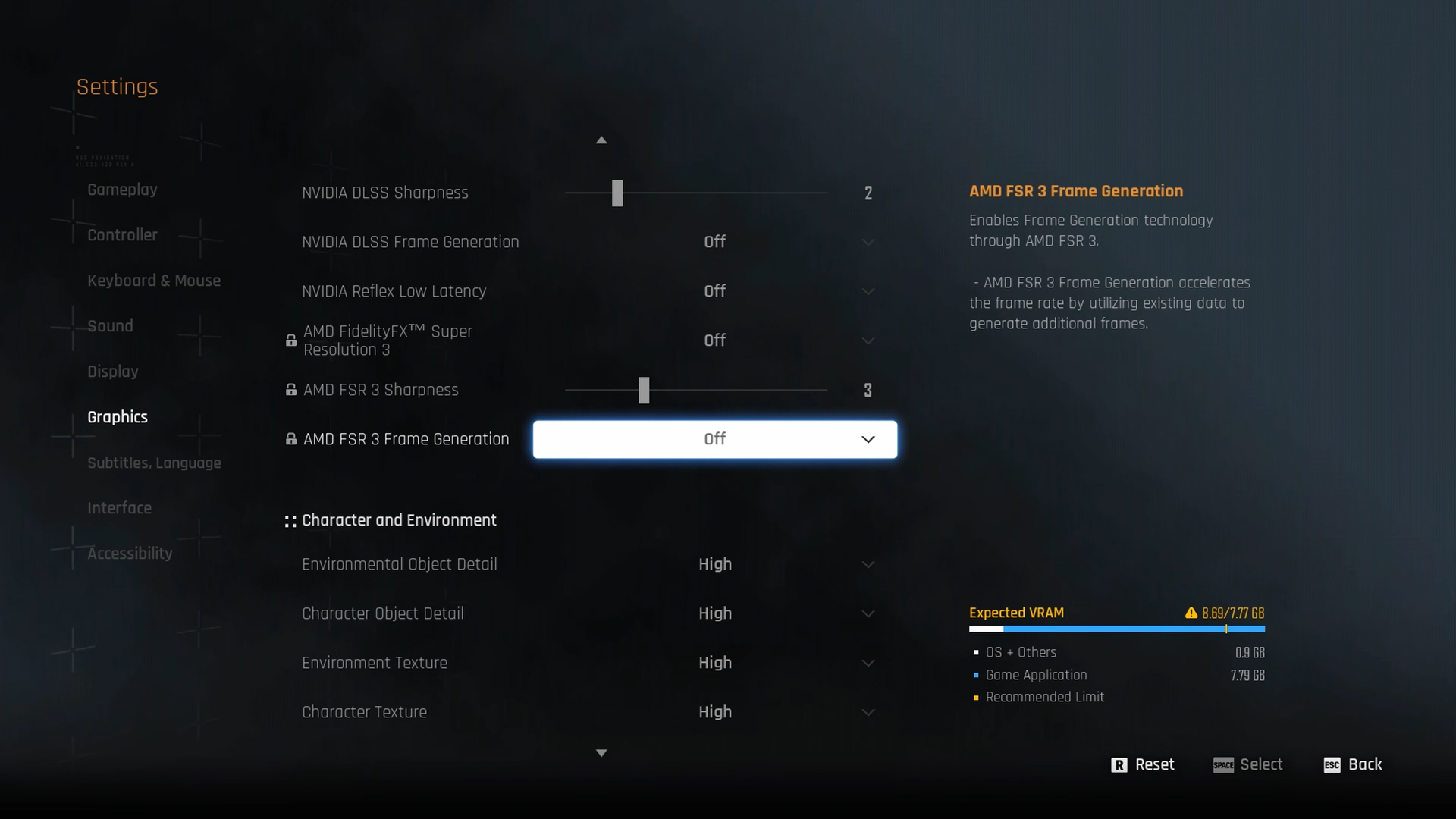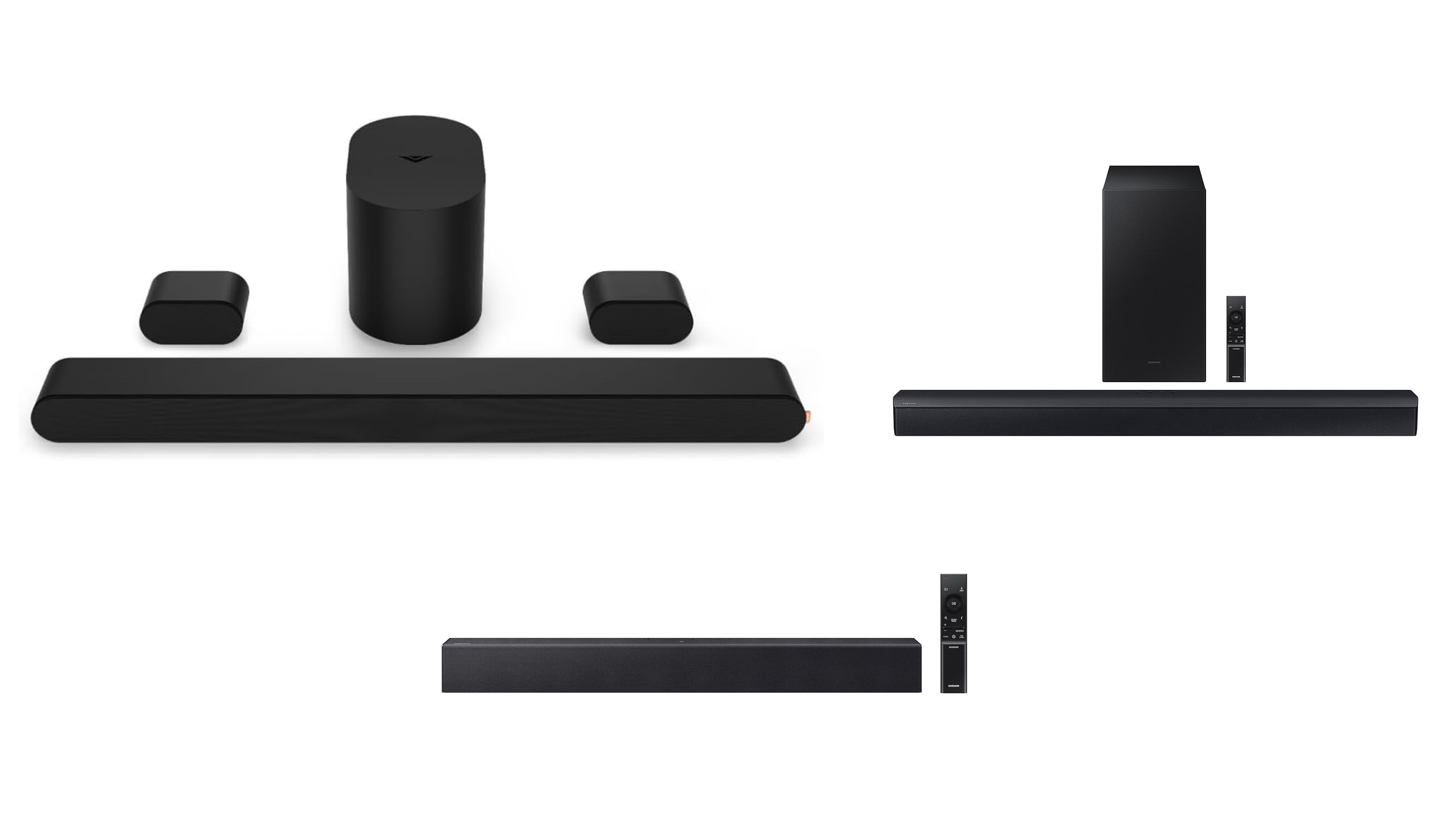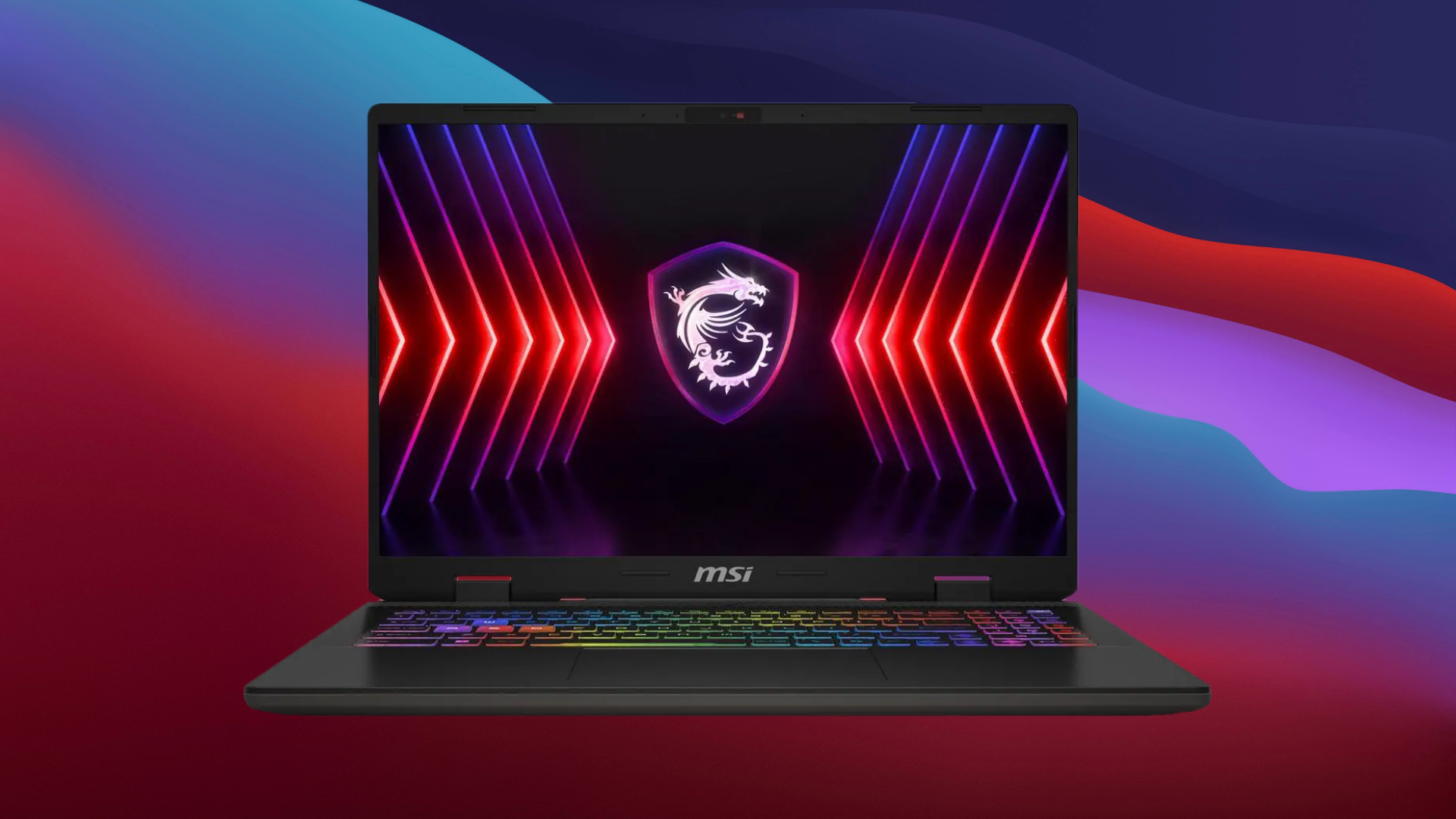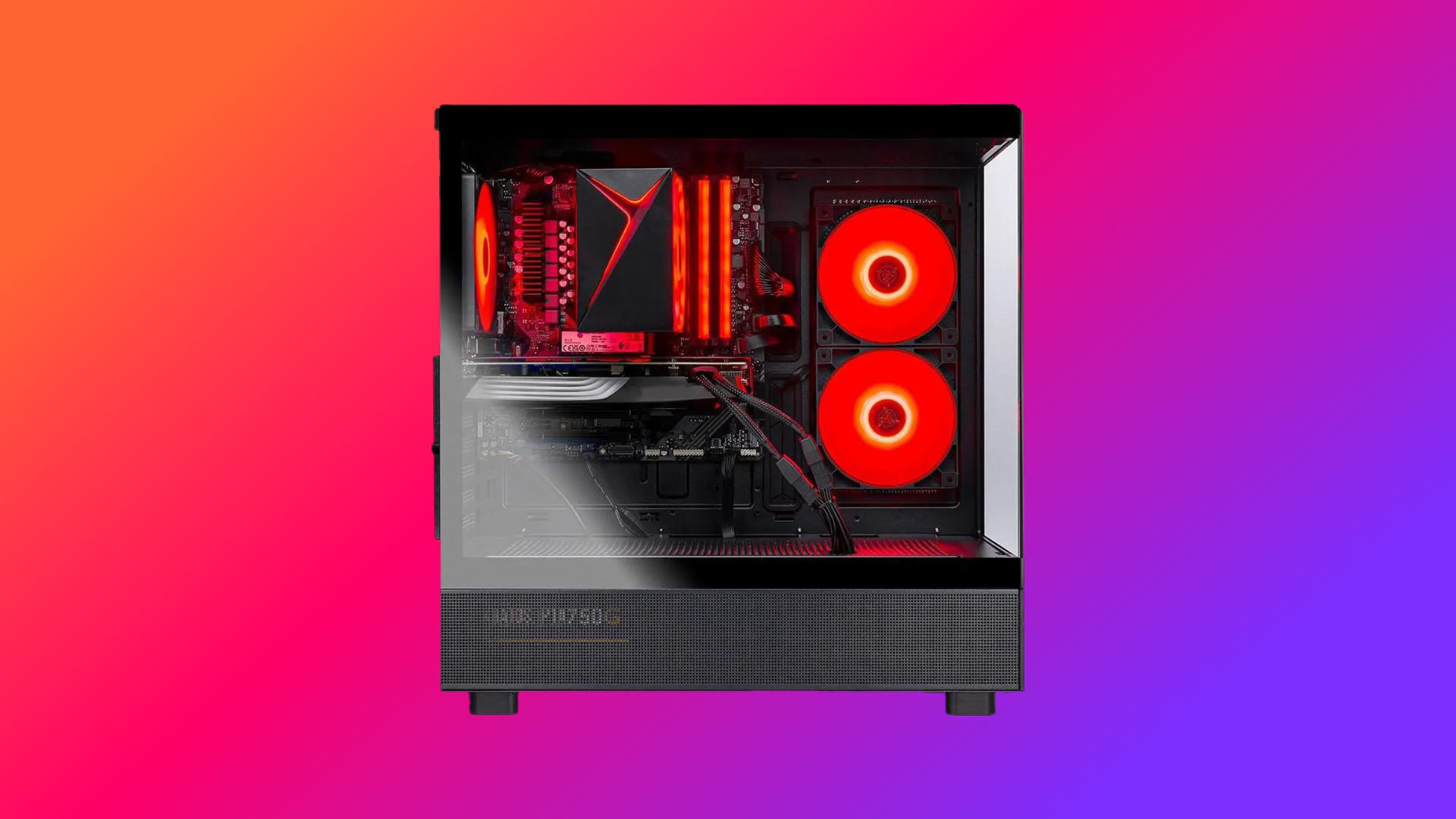Use these settings when playing Stellar Blade on an RX 6800 XT, as they provide the best balance between visuals and performance.

The 6800 XT and the RX 6800 represent RDNA 2’s high-end offering for gamers. These cards from the past still hold up well against optimized modern-day titles such as Stellar Blade. The generous 16GB VRAM buffer allows all texture settings to be easily maxed out without breaking a sweat.
However, maxing everything will not make the game’s performance optimal for these GPUs, as their age is starting to show. To extract the best performance while leveraging the full potential of these GPUs, consider using the settings below.
RX 6800 XT – Stellar Blade (1080p and 1440p Optimized)

A few keynotes to consider:
- If you want to try native AA for the best image quality, you can easily select this option for 1080p and 1440p resolutions. The raster horsepower of these GPUs is still significant as of today.
- To achieve 100+ FPS consistently, upscaling is necessary at both 1440p and 1080p. Balanced profile for 1440p and Quality for 1080p. If the image quality bothers you, consider switching to a different Quality profile, but note that the FPS figures will be reduced.
- If your base framerate is above 70, enabling FSR Frame Generation will push framerates consistently above 100+ all the time, including NPC-heavy areas.
- FSR 3.1 is algorithm-driven and doesn’t implement any AI technologies, hence using DLSS Swapper for the latest FSR iteration is beneficial.
Best Settings Explored
| Setting | 6800 XT (1080p) | 6800 XT (1440p) |
| Screen Resolution | 1920 x 1080 | 2560 x 1440 |
| Vertical Sync | Off | Off |
| Target Framerate | Unlimited | Unlimited |
| Aspect Ratio | Automatic | Automatic |
| HUD Area Ratio | Automatic | Automatic |
| HDR | Off | Off |
| Display Settings | Open | Open |
| Lock Cursor in Window | Off | Off |
| Graphics Preset | Custom | Custom |
| Resolution Scaling Mode | FSR 3.1 Native AA | FSR 3.1 (Quality / Balanced) |
| Rendering Scale | 100% | 100% |
| Base Sharpness (FSR or any other Upscaler uses this) | 5 | 5 |
| NVIDIA Reflex Low Latency / AMD Antilag | Enabled | Enabled |
| AMD FSR 3 Frame Generation | Preference | Preference |
| Environmental Object Detail | High | Medium |
| Character Object Detail | High | High |
| Environment Texture | Very High | Very High |
| Character Texture | Very High | Very High |
| Clutter Density | Medium | Medium |
| Environmental Object Visible Dist. | 100 | 100 |
| Character Visible Distance | 100 | 100 |
| Shadow Quality | Very High | Very High |
| Lighting Quality | High | High |
| Volumetric Fog | High | High |
| Particle Quality | Medium | Medium |
| Animation Quality | High | High |
| Ambient Occlusion | High | High |
| Depth of Field | Medium | Medium |
| Chromatic Aberration | Off | Off |
| Film Grain | Off | Off |
| Motion Blur | Off | Off |
Verdict
That concludes the RX 6800 XT best settings guide for Stellar Blade. If you are using the 6800 non-XT version, you can easily use these settings. The performance difference between the XT and the non-XT is roughly 10%. Happy gaming!
We provide the latest news and “How To’s” for Tech content. Meanwhile, you can check out the following articles related to PC GPUs, CPU and GPU comparisons, mobile phones, and more:
- 5 Best Air Coolers for CPUs in 2025
- ASUS TUF Gaming F16 Release Date, Specifications, Price, and More
- iPhone 16e vs iPhone SE (3rd Gen): Which One To Buy in 2025?
- Powerbeats Pro 2 vs AirPods Pro 2: Which One To Get in 2025
- RTX 5070 Ti vs. RTX 4070 Super: Specs, Price and More Compared
- Windows 11: How To Disable Lock Screen Widgets
 Reddit
Reddit
 Email
Email


